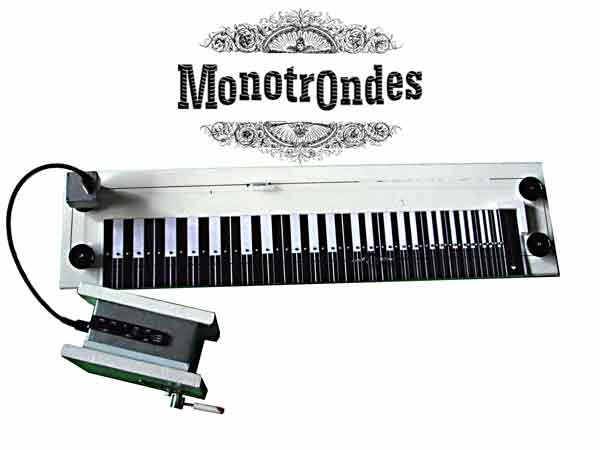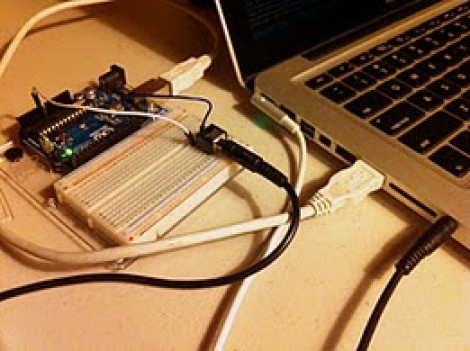Sometimes we get lucky and find a part we need for a project in our parts drawer. [Scissorfeind] got even luckier and found a part for his project lying around in the street. It was a Crybaby Wah pedal, a classic effects pedal typically used for a guitar. Since it was somewhat damaged, [Scissorfeind] got to work creating a control voltage (CV) and volume circuit for his Korg synthesizer.
For those who aren’t synthesizer aficionados, CV is a method of controlling the pitch of a tone. A higher voltage creates a higher tone and vice-versa. The wah pedal has a rocker on it that allows one’s foot to control the effect, but this particular one has been modified for CV instead of the wah-wah sound these pedals normally make. [Scissorfeind] built in a switch that will allow it to control volume as well, which makes this pedal quite unique in the effects world.
[Scissorfeind] built the custom circuit out of other parts he had lying around (presumably not in the street) and put the entire thing together on perfboard, then fit it all back together in the pedal. Now he has a great control voltage pedal for the vintage Korg synthesizer he recently restored! [Scissorfeind] knows his way around a synth, but if you’re looking to get started on a synthesizer project we have a great tutorial for you!


















